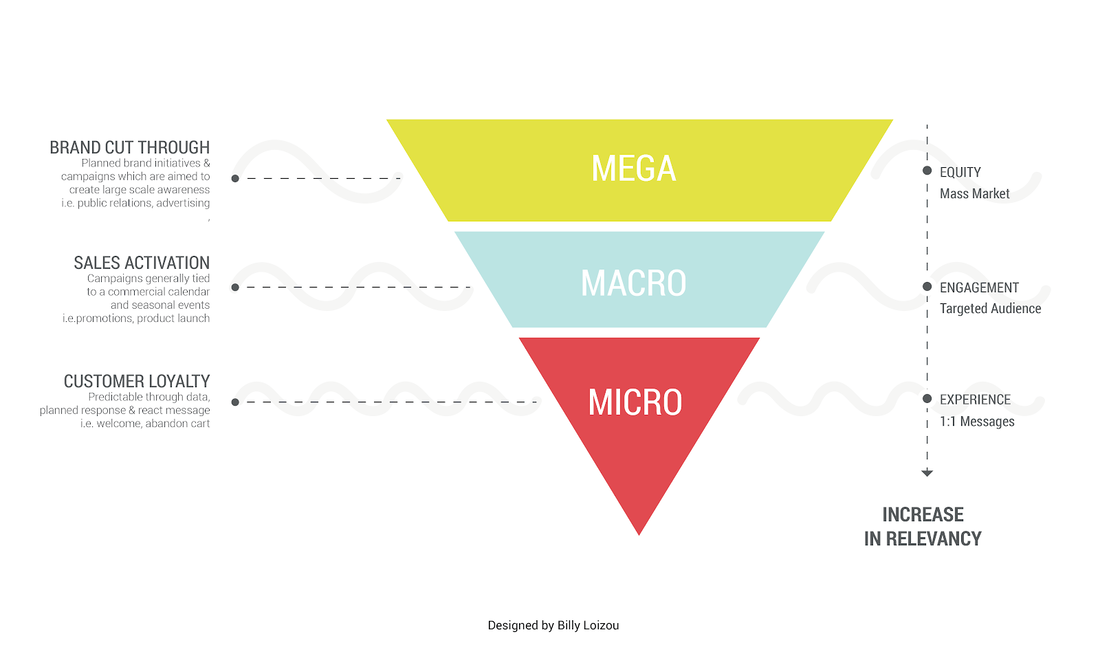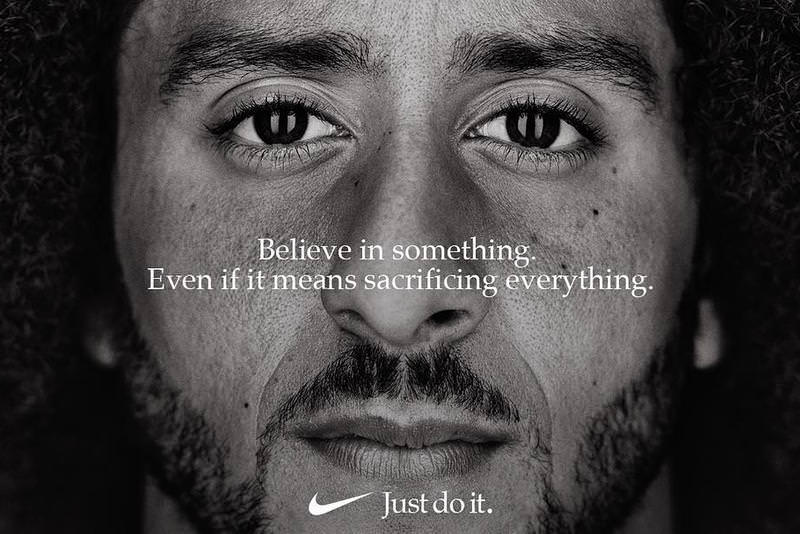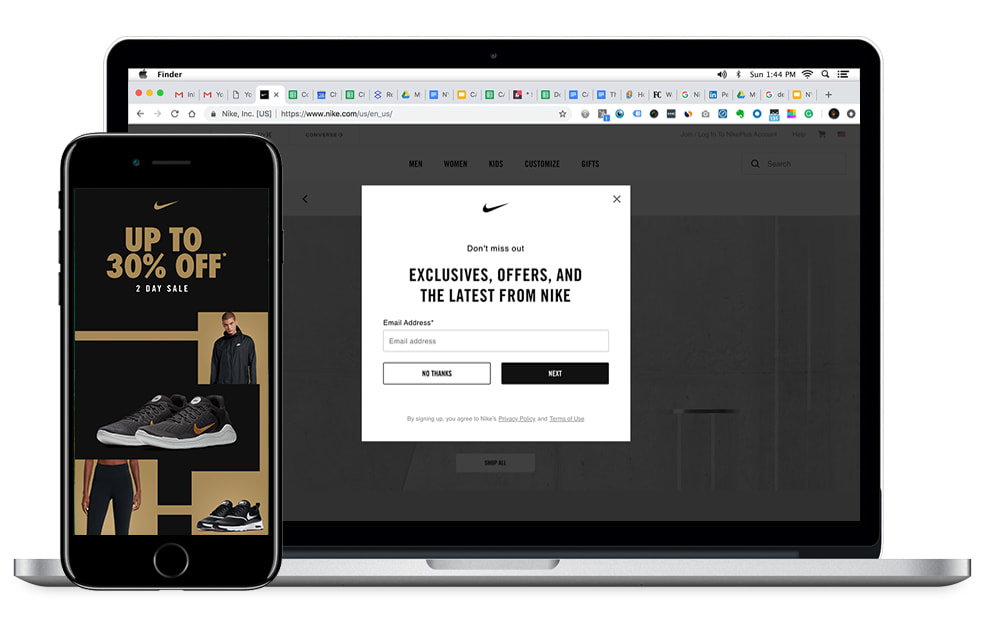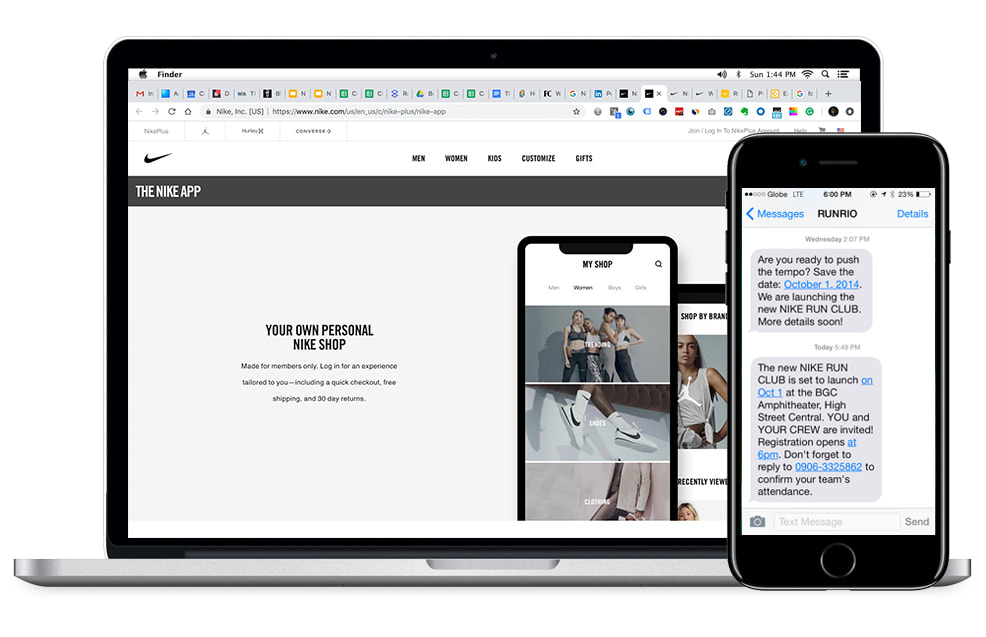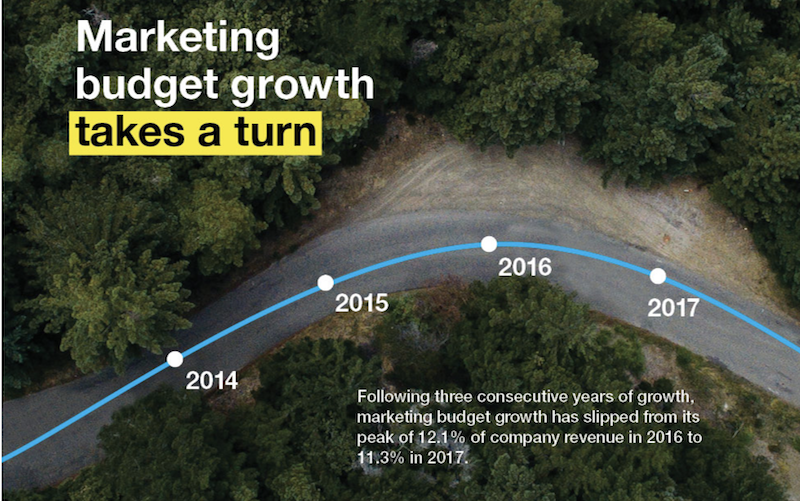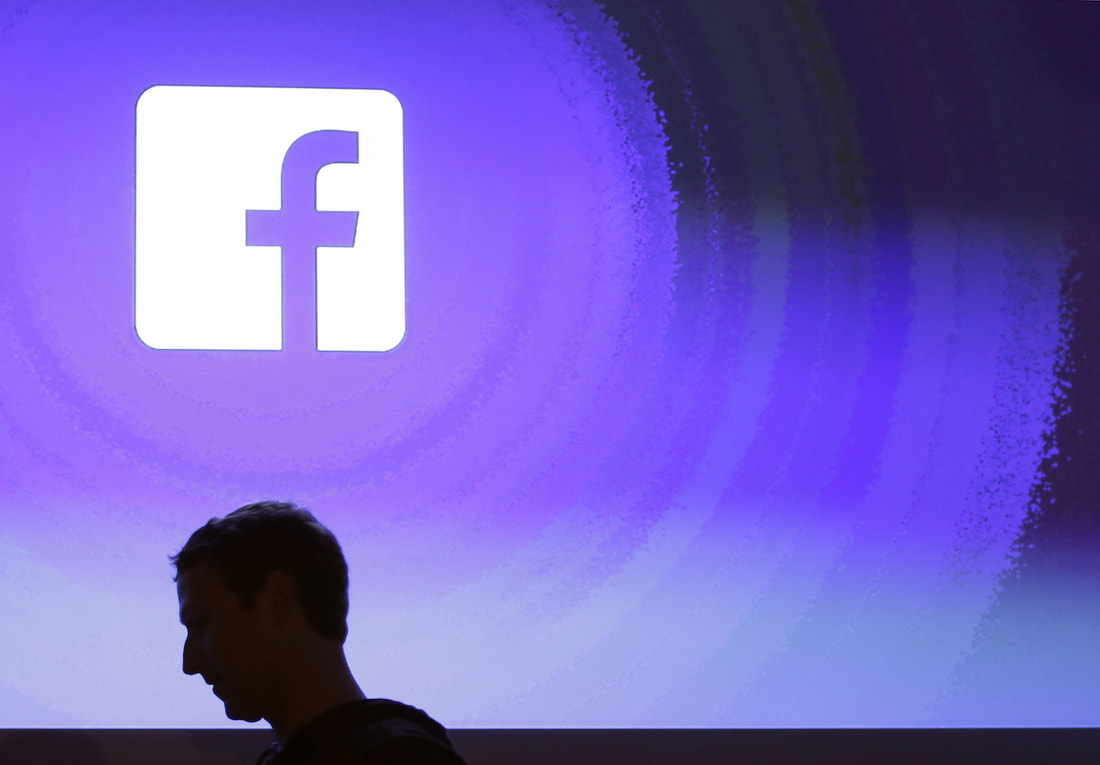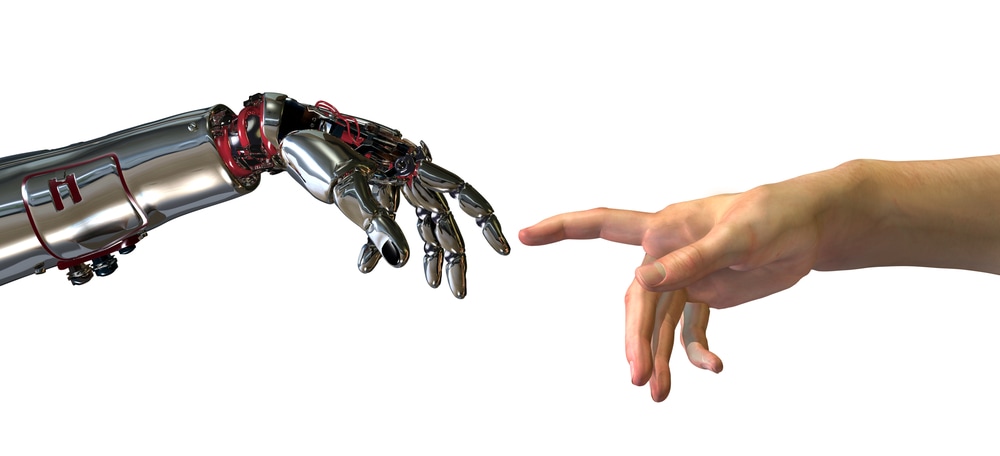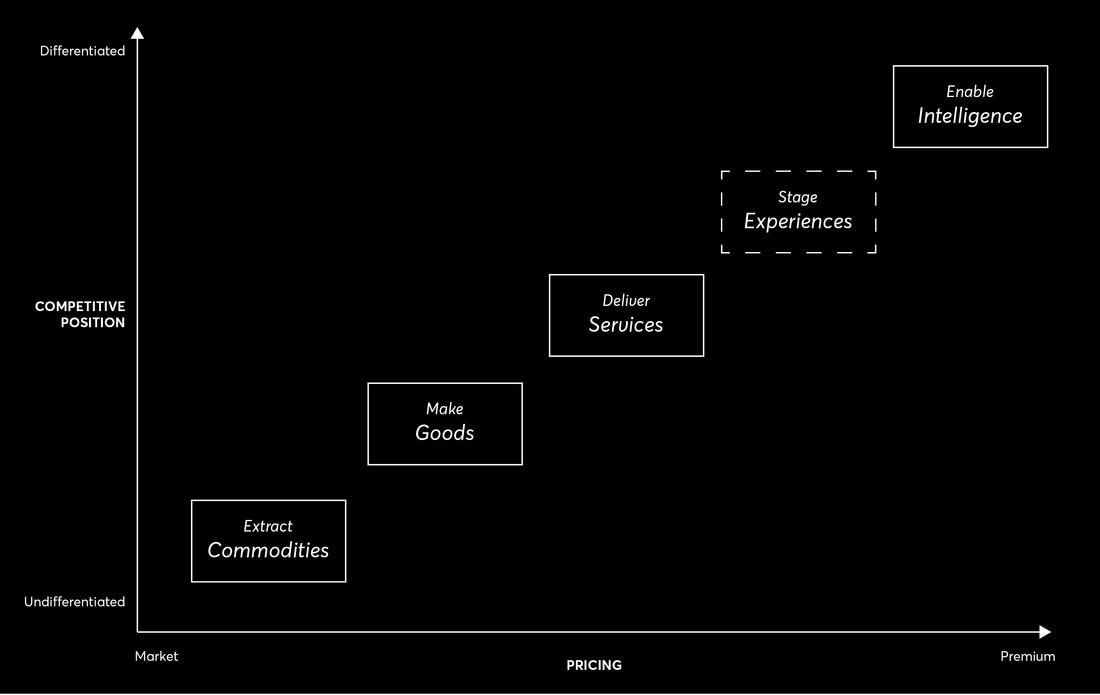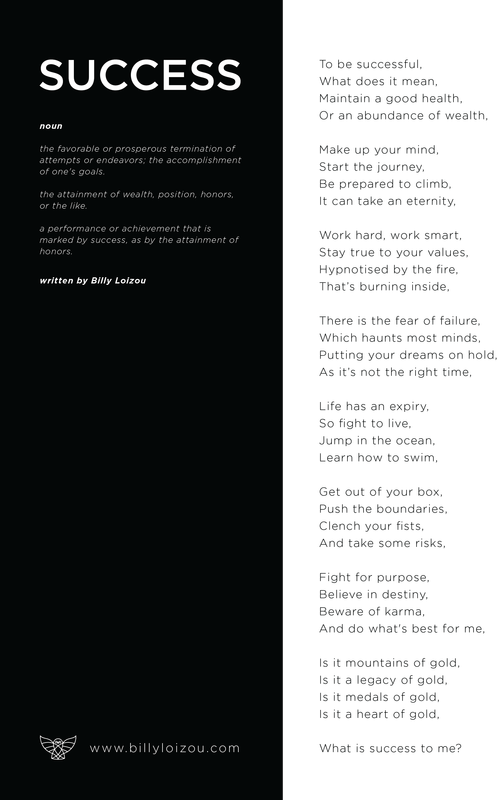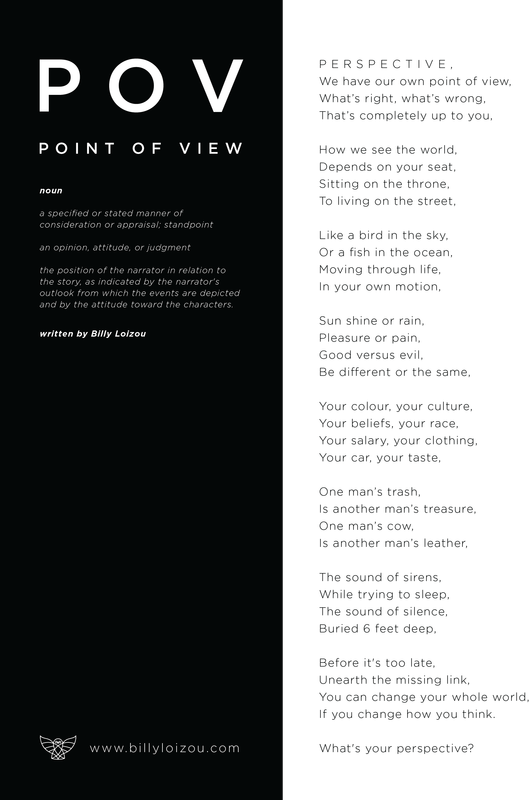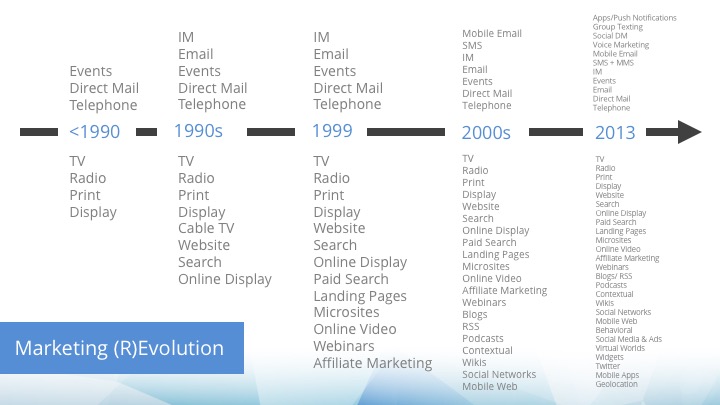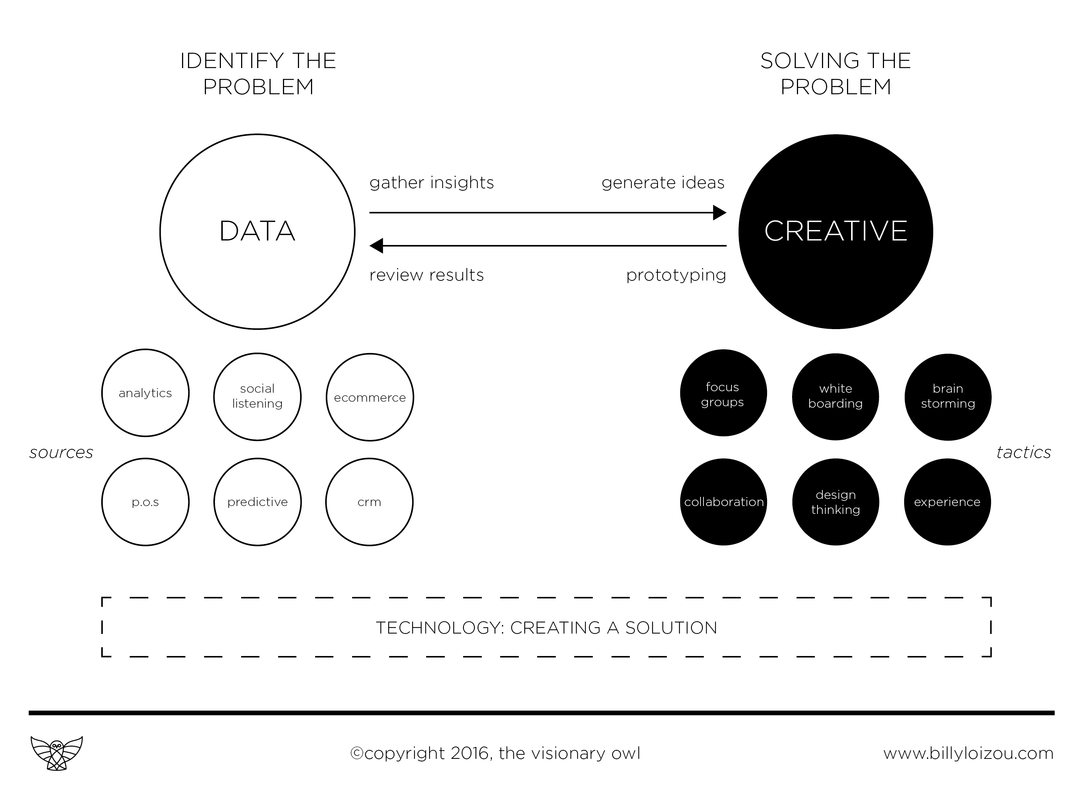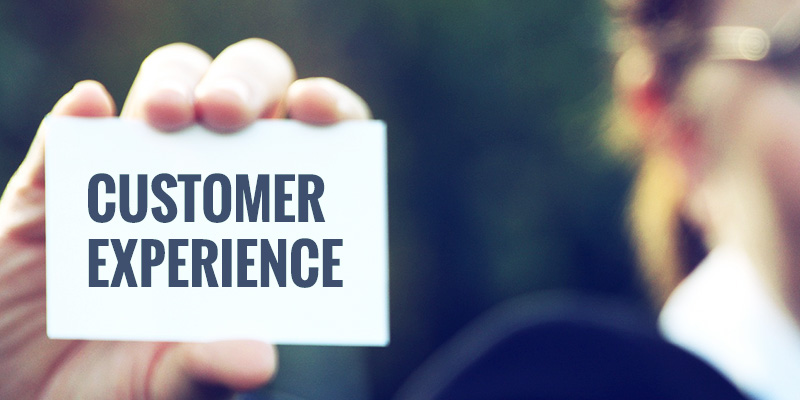The ingredient list for today's marketing mix just keeps getting longer. The question every marketer asks themselves is how do I balance and prioritize my efforts between short-term sales activity and long-term brand building?
The Triple Threat Model
In basketball, the most effective player on the court is the one who can impact the game in multiple ways and not just by scoring. The player is coined a “Triple Threat,” as they excel in all three key skills — passing, rebounding, and scoring.
How does this relate to marketing, you might ask? Well, based on my experience in marketing within agencies, technology vendors, and brands — plus supported by research performed by the “Godfathers of Advertising,” Les Binet and Peter Field — I’ve identified three key moments that marketers should master. I crafted a model which aligns the mega, macro, and micro of marketing campaigns to enable short-term results and long-term brand building.
Audience: Mass Market
Medium: Broadcast, Print Media, and Out-Of-Home
A successful mega-marketing campaign drives brand awareness, sparks conversation, and ultimately, fosters loyalty. Most big brands launch a campaign like this yearly and, based on the research from Binet and Field, emotional brand building is the key to long-term profits.
Audience: Targeted Segments
Medium: Website, Display, Search, Social, Email & SMS
Effective macro-marketing campaigns target specific audiences, demand engagement, promote value and ultimately, drive sales. Most of these campaigns are tied to a commercial or seasonal calendar such as Christmas, tax time or holiday periods and excel with the use of rational-based messaging.
Audience: 1:1 Messaging
Medium: Email, SMS, Push, Direct Mail
Data-driven, micro-marketing campaigns typically are hyper-personalized and loyalty-focused, and ultimately, enable memorable experiences. Most of these campaigns are predictable in nature and are triggered based on a customer’s interaction with a brand.
- Perform a gap analysis on your current marketing activity. The first thing you should do is plot your current Mega, Macro, and Micro moments so you can analyze where there are opportunities in your marketing strategy.
- Create balance in your marketing efforts. Marketers should use their advertising campaigns and budget split across brand building, sales activation, and creating customer loyalty. Marketing budgets are shrinking, so efficiency is key.
- Define what a loyal customer looks like and means to your business. Typically 55%-70% of a company's revenue comes from 15%-20% of their customers. The question is, are we treating these loyalty customers any differently? And if we could, what would we do to make them customers for life?
- Analyze your current customer experience. Identify where micro programs can improve the experience and drive significant ROI for your business by triggering a real-time email, SMS, or push notification. Typically, easy-to-implement programs such abandoned cart, post-purchase, or re-engagement can make an immediate impact on sales.
- Personalize your messages to improve customer engagement. Customers today don’t just want personalized communications, but products and services that are also tailored to them in real-time via the channels of their choice. How can you use the data you have today to improve content relevancy?
- Inject emotion into your brand-building messages. The most effective way to maximize customer value and long-term profits is to connect with customers at an emotional level.
- Stop discounting. Customers become accustomed to frequent discounting, resulting in a shift in focus from the value your brand provides. Frequent discounts are dangerous and erode long-term profits.
- Promote share of voice. Listen to your customers, anticipate their needs, and design offline and online experiences which empower them to promote your brand.
- Don’t be afraid to be creative. Capture your audience's interest, influence their response and inspire them to take action. This can be exceptionally powerful when combined with gamification or loyalty programs. Creativity can make your money go further.
- Test different marketing channels. Too often I read articles about the death of email or the end of print, it’s time to put those conversations to bed and test what works with your customers. Typically a mix of channels and messaging provides the best results for businesses today.


